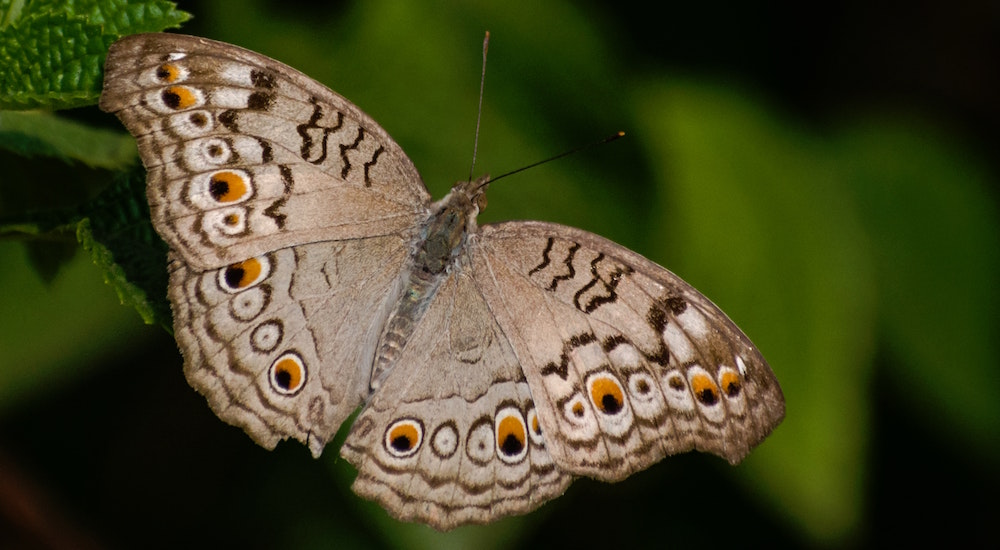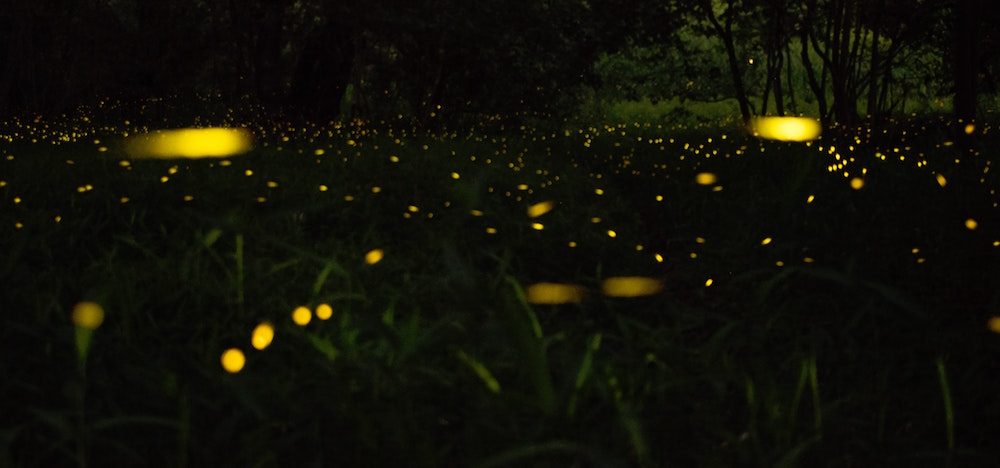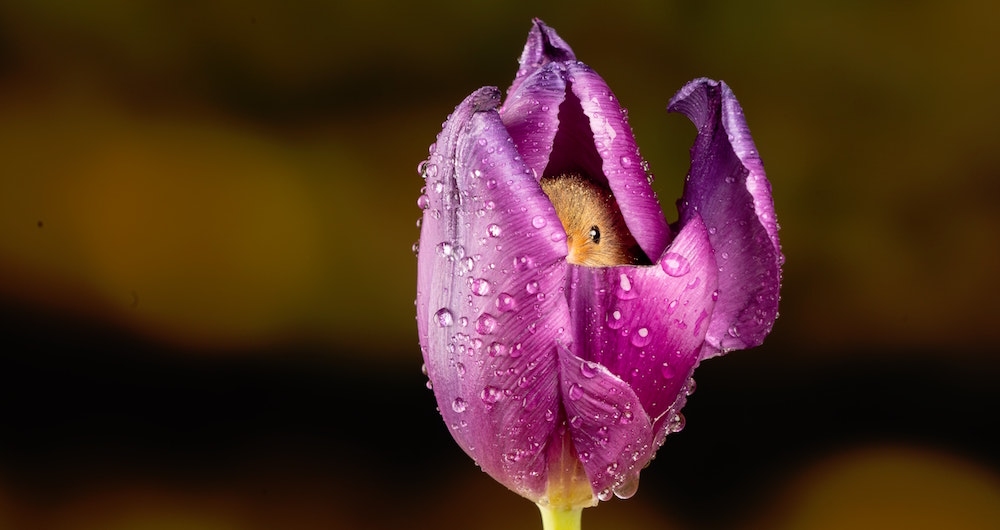There’s nothing like a beautiful summer evening in Canada. Your family gathers around the deck after sunset to enjoy the sights and sounds of the yard, with mini-LEDs to illuminate the garden. You admire the hard work that you put in to get the garden to grow, and are content to let the pollinators take over and do their thing. But does their work end with nightfall? For some it does, but there are others that begin their shift after sundown. Let’s have a look at these beneficial critters and discover how to make your nighttime garden space more inviting to them.
4 Nocturnal Pollinators That Your Family Should Welcome into the Yard and Garden this Summer
Moths

Moths get a bad rap, just because they don’t have the same beautiful colors on their wings as their cousins, the butterfly. While they may not inspire paintings and photographs, they should be welcomed into your yard with open arms. It’s an easy enough task as there are over 5000 species of moths in Canada. They are attracted to light-toned nocturnal flowers with fragrance such as Evening Primrose.
Bats
Other night-flyers that squeamish homeowners from Squamish to Cape Spear fear, but shouldn’t, are bats. Globally, over 500 plant species depend upon bats to pollinate their flowers, and they are essential to the survival of flowering plants in many communities throughout Canada. In fact, in Peachland BC your vacationing family can visit the Bat Education & Ecological Protection Society. Like moths, bats are also attracted to Evening Primrose, along with Canadian bloomers such as Honeysuckle and the aptly-named Moonflower. While your plants may attract them, it’s important to turn off yard and garden lights when your family retires for the evening, as bats are averse to artificial light sources.
Fireflies

One nocturnal pollinator that inspires visions of summer night bliss is the firefly. They capture the imagination of children and their parents alike. There are an estimated 150 species of fireflies in North America, with many enjoying Canada’s climate from BC all the way over to the Eastern regions where there tends to be a greater concentration. Firefly diets consist primarily of pollen and nectar, and as such they play an important role in the propagation of many flowering plants. Plants to grow to attract them include Canada Frostweed, Canada Goldenrod, and Cardinal Flower.
Mice

You may be skittish around this furry little nocturnal critter, but your kids think they are adorable. They’re right when it comes to the health of garden flowers. Mice pollinate ground flowers by feeding on nectar. In fact, research finds that mice (and other vertebrates) provide certain benefits that honeybees and insects simply can’t. As a result, for certain plant species in North America, both fruit and seed production drop 63% when only insects are allowed access to the plant. Forget the trap and just leave the cheese when it comes to mice this summer’s eve.
Below are some other articles (click each to view) from our Foundation that you family can use for outdoor learning.







